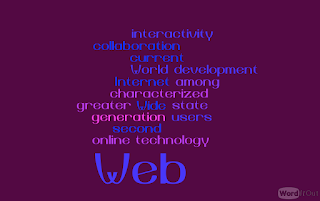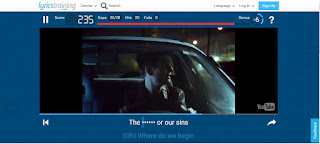Today we have been in a
really interesting conference “Going Mobile” by Nicky Hockly.
This conference was mainly about the advantages, different ideas and ways of
introducing students’ mobile in the English lesson to raise interest and
motivation among them. Most of the time we listen to teachers complaining about the fact
that students are constantly checking on their mobiles phones instead of paying
attention to what the teacher is saying or on the tasks they’re given. We found out there are many ways in which
mobiles can be used to perform different tasks by the students. We think this
is a really interesting idea because students, especially secondary school
students, spend many hours using them, so instead of neglecting them, we can
get many benefits if we start using this device as a teaching material.
We believe it’s of paramount
importance for teachers to reflect on how technological advances are changing
our life, and start finding new ways to help students and scaffold their
learning. They are digital natives, so it makes sense to teach using devices
and materials they perfectly know how to use and they feel comfortable with at
the moment of working.
So, next time
you plan your lessons, think about this, and you will see the differences!










